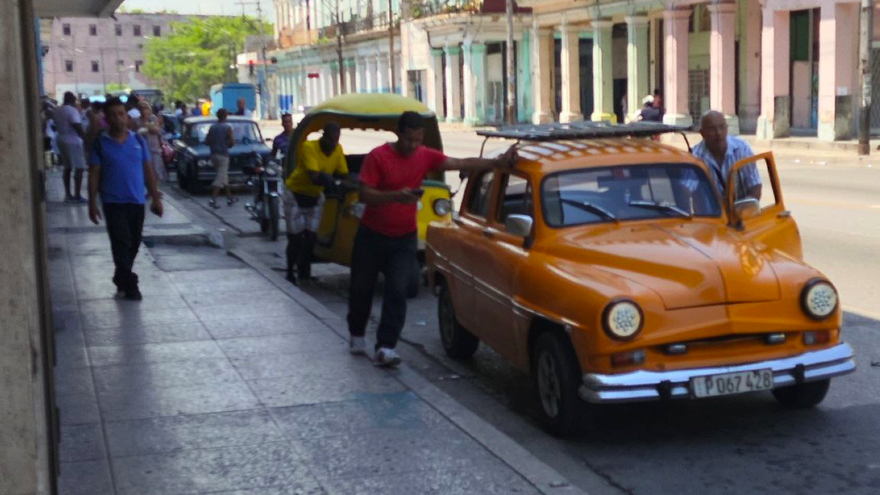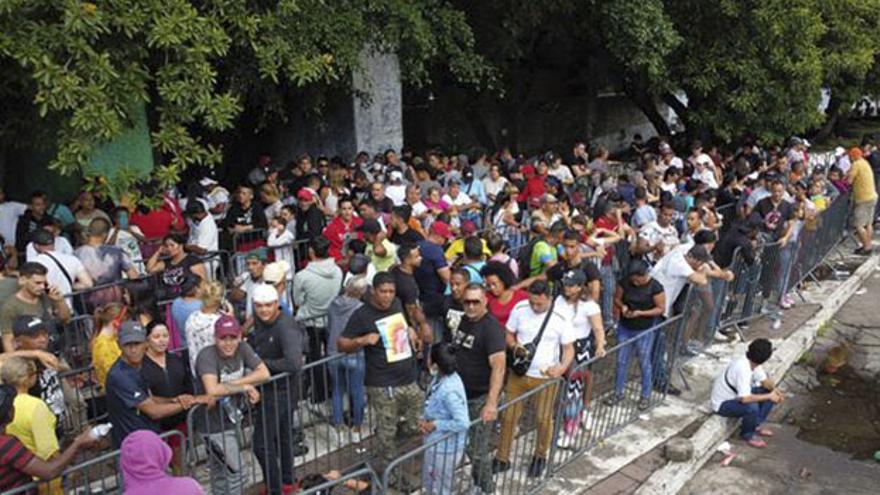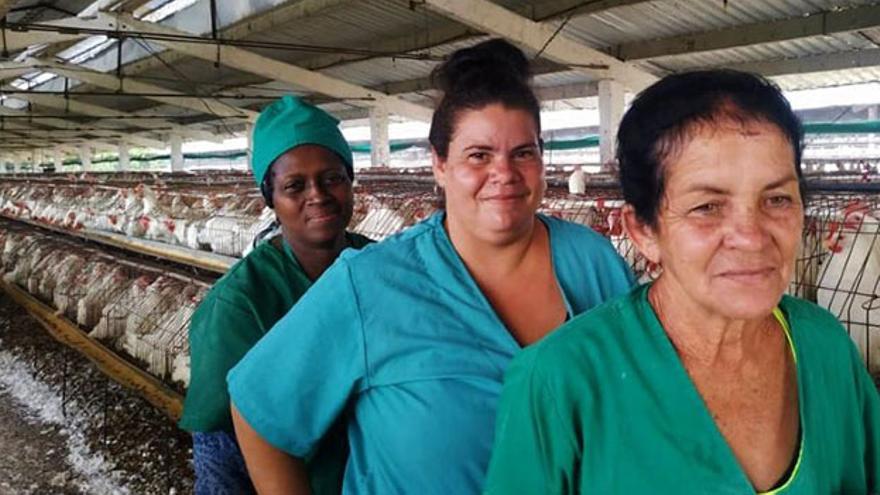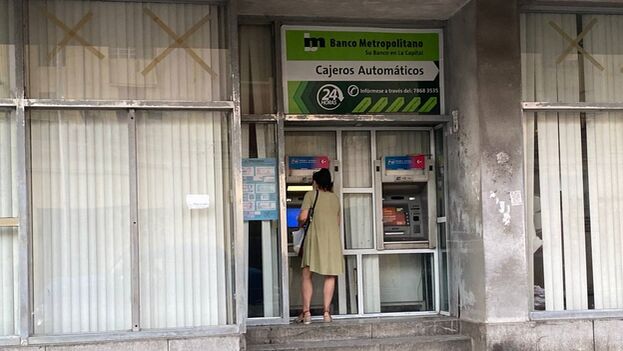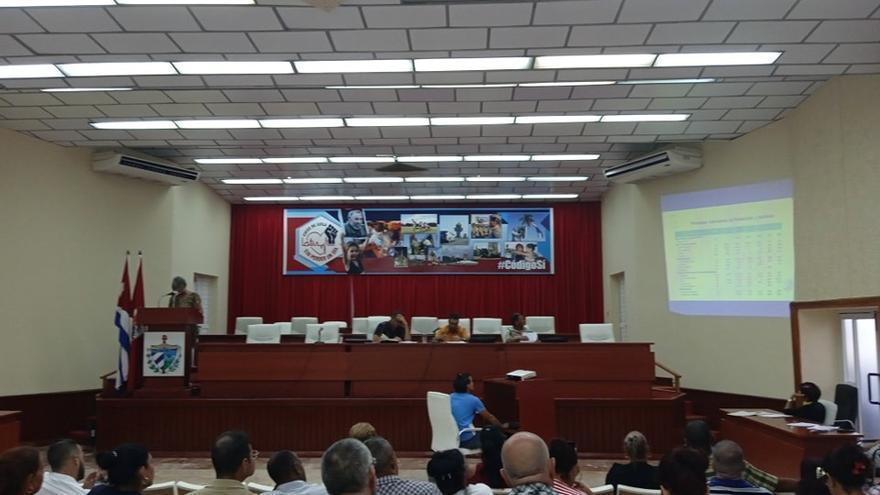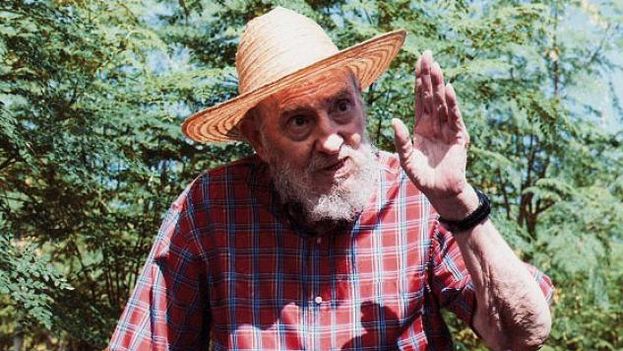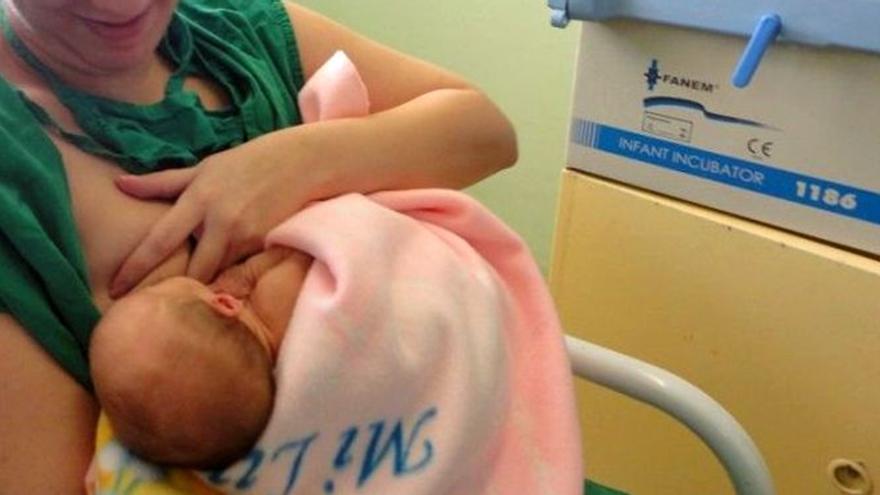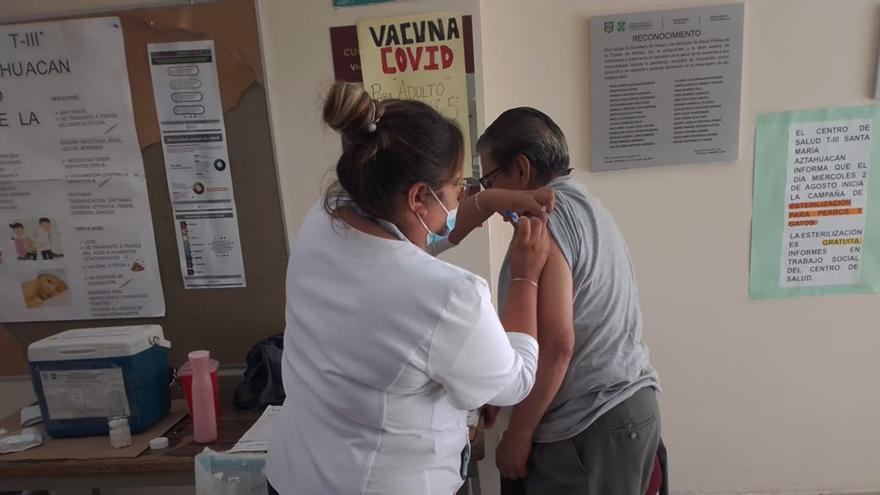
![]() 14ymedio, Havana, 31 July 2023 — The directors of the joint venture Suchel Camacho will once again put products on the Cuban market in national currency, after almost four years of selling in freely convertible currency (MLC) and through virtual stores. At least the company promised this in an interview published this Monday by Cubadebate, in which it promoted Bamboo, a new line of hygiene products.
14ymedio, Havana, 31 July 2023 — The directors of the joint venture Suchel Camacho will once again put products on the Cuban market in national currency, after almost four years of selling in freely convertible currency (MLC) and through virtual stores. At least the company promised this in an interview published this Monday by Cubadebate, in which it promoted Bamboo, a new line of hygiene products.
According to the managers of this company, after the COVID-19 pandemic and with the implementation of the Ordering Task* in 2021, which brought with it the closure of the peso stores, the industry had to focus on the almost exclusive sale in MLC and through virtual platforms to survive. From that process, Habanabell was born, Suchel’s own electronics store that has generated 15 million dollars in profits so far.
Yaney Cisneros, general director of Suchel Camacho, told the official media that these gains have been used to improve the factory’s equipment and to acquire quality raw materials. In addition, Cisneros predicts that with the Government’s plan to allow State companies to buy foreign currency at an exchange rate of 1 MLC for 120 pesos, Suchel will be able to increase its production, destined for sale in pesos, and fulfill its objective of being “in the home of every Cuban.”
The production manager, Jorge Seoane, explained to Cubadebate how the acquisition of foreign currency works. “The country gives us the currency and with the approved figure we buy it, but at an exchange rate of 120 pesos per dollar,” he said. He also pointed out that the first exchange operations that the society tried to carry out presented problems due to the banking bureaucracy.
Despite the inconveniences, the company has already announced the return of its products to the national showcases. Its new Bamboo line, created specifically to be produced using the new exchange method, includes seven hygiene products – cologne, toothpaste, deodorant, body lotion, shampoo, conditioner and soap – of which four are already available in the stores of the Caribbean chain and through the Cimex Tu Envío platform.
However, Cisneros recognized that the quantities being produced are not enough to meet the demand of the population and do not reach all the provinces. In fact, it’s a brand that, at least for most habaneros, people have not seen anywhere. continue reading
The lack of funding seems to be a key factor that involves the cooperation of the State, judging by the statements of the managers.
“We are struck by how the country sometimes imports finished products of this type instead of allocating that money to national productions. We have presented studies of how much we could do if the same money that is used today to buy toilet and cosmetic products went to our industry,” Cisneros lamented. The official also explained that with the reintroduction of the products the company needs “stability” to recover its former rhythm.
The production of Bamboo, which began last April with just four of the seven products that the batch should include, has already been criticized by some of the readers of Cubadebate.
“Hopefully before the momentum runs out, I will be able to find and buy these much-needed products in Cuban pesos in the east of the country,” said user Ojeda, referring to the commercialization of these products that until now could only be purchased in Pinar del Río, Havana, Mayabeque, Matanzas, Cienfuegos, Villa Clara and Sancti Espíritus, according to the newspaper.
Another Internet user, identified as Truth, was more incredulous. “When I see the sale of products in Cuban pesos, I’ll believe it,” he said. Others spoke out more desperately. “Good statistical work, but what I need is for them to tell me the month and year when I’ll be able to go to a store and buy the toiletries I need in national currency. I can’t stand one more long explanation. Right now the foreign exchange market is history, and nothing has been solved,” said Collin.
The user Sabelotodo complained about the poor distribution of the products and said that he has only been able to find them in Tu Envío La Habana. “So, where does that leave us? Cuba is not just Havana; we all need those personal hygiene products.”
The official newspaper Granma announced last Friday that Suchel had created a “strategic alliance” with Quota, a private professional services company for business development and the creation of alliances. The purpose of this type of society, which has been created between different forms of State and non-State management, is that, while the State company remains at the center of the economy, the micro, small and medium-sized enterprises (SMEs) and other private businesses act as support, occupying a secondary role.
Economist Elías Amor Bravo published on his blog Cubaeconomía an analysis in which he foresees, based on economic criteria, the failure of these associations. “With this type of hindrance and forcing the private sector to pull the ballast of communist inefficiency, it will not make the economy more prosperous. They should rectify this before it’s too late. This path of the socialist State enterprise as the center of the economy is a dead one,” Amor wrote.
For the economist, the rigid and centralized control methods with which State companies operate cause disorganization and lead, ultimately, to an “every man for himself” mentality that cannot compete with private forms of management. “Private actors in Cuba are on a path, by the way, that is increasingly prosperous, and the regime is falling behind,” he concluded.
*Translator’s note: The Ordering Task is a collection of measures that include eliminating the Cuban Convertible Peso (CUC), leaving the Cuban peso as the only national currency, raising prices, raising salaries (but not as much as prices), opening stores that take payment only in hard currency, which must be in the form of specially issued pre-paid debit cards, and a broad range of other measures targeted to different elements of the Cuban economy.
Translated by Regina Anavy
____________
COLLABORATE WITH OUR WORK: The 14ymedio team is committed to practicing serious journalism that reflects Cuba’s reality in all its depth. Thank you for joining us on this long journey. We invite you to continue supporting us by becoming a member of 14ymedio now. Together we can continue transforming journalism in Cuba.


